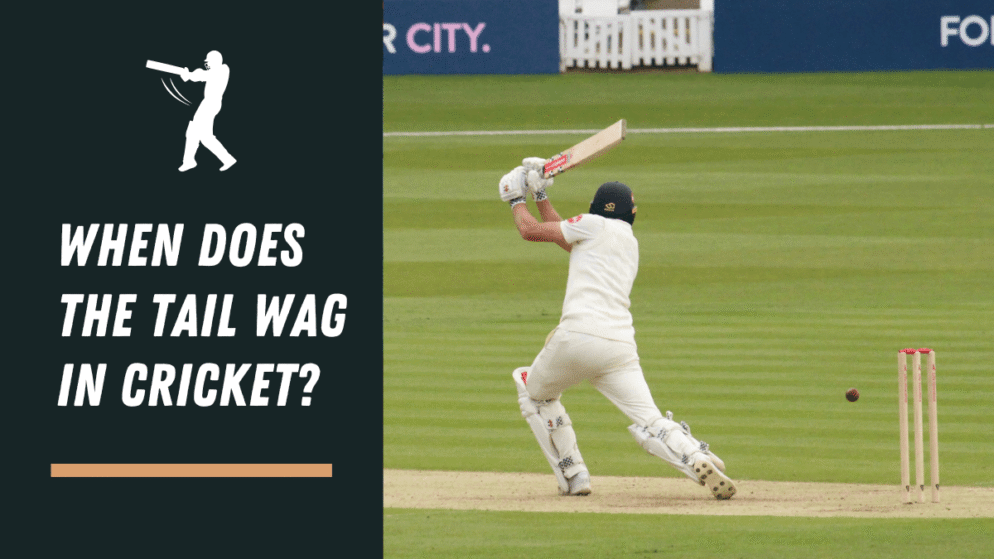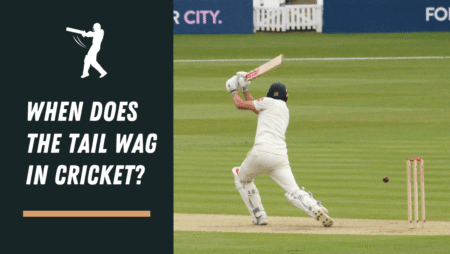

A cricket team fields eleven players. When a side bats, players come out to bat based on their batting skills. In some instances they might be sent based on the match situation or the weather conditions. Thus, the batting order is not necessarily specified. However, the distinct segments in which a batting order is divided are the openers, middle order, and tail-end.
The openers are experts in facing the new ball that displays a range of swing movements with immense pace. The middle order stabilizes the innings and keeps the scoreboard ticking by facing both seamers and spinners alike. It is the fall of the sixth or seventh wicket that is usually an indication that the players whose expertise lies predominantly in batting are now sent back to the pavilion.
Following this wicket, the ‘tail’ of the batting order is exposed. The tail-enders are primarily bowlers. They are expected to score as many runs as they can in their capacity, stay on the crease for prolonged periods, or quickly score runs without pondering upon the risks of losing their wicket. The latter are referred as pinch hitters.There have been several instances when the total runs made by the tail-enders is more than that of the top batting order. This unexpected occurence is called the wag. It refers to the tail of an animal that wags.
Batting partnerships for the seventh, eighth, ninth, and tenth wickets have seen them score over 100 runs together in both tests and one-day international matches. The batting prowess of the tail-enders dictates the depth of a team’s batting line-up.
In modern professional cricket that sees a bulk of T20 international matches being played, teams expect the tail-enders to be pinch hitters. Thus, the hunt for seeking all-rounders (players who can bat and bowl expertly) has heightened.










